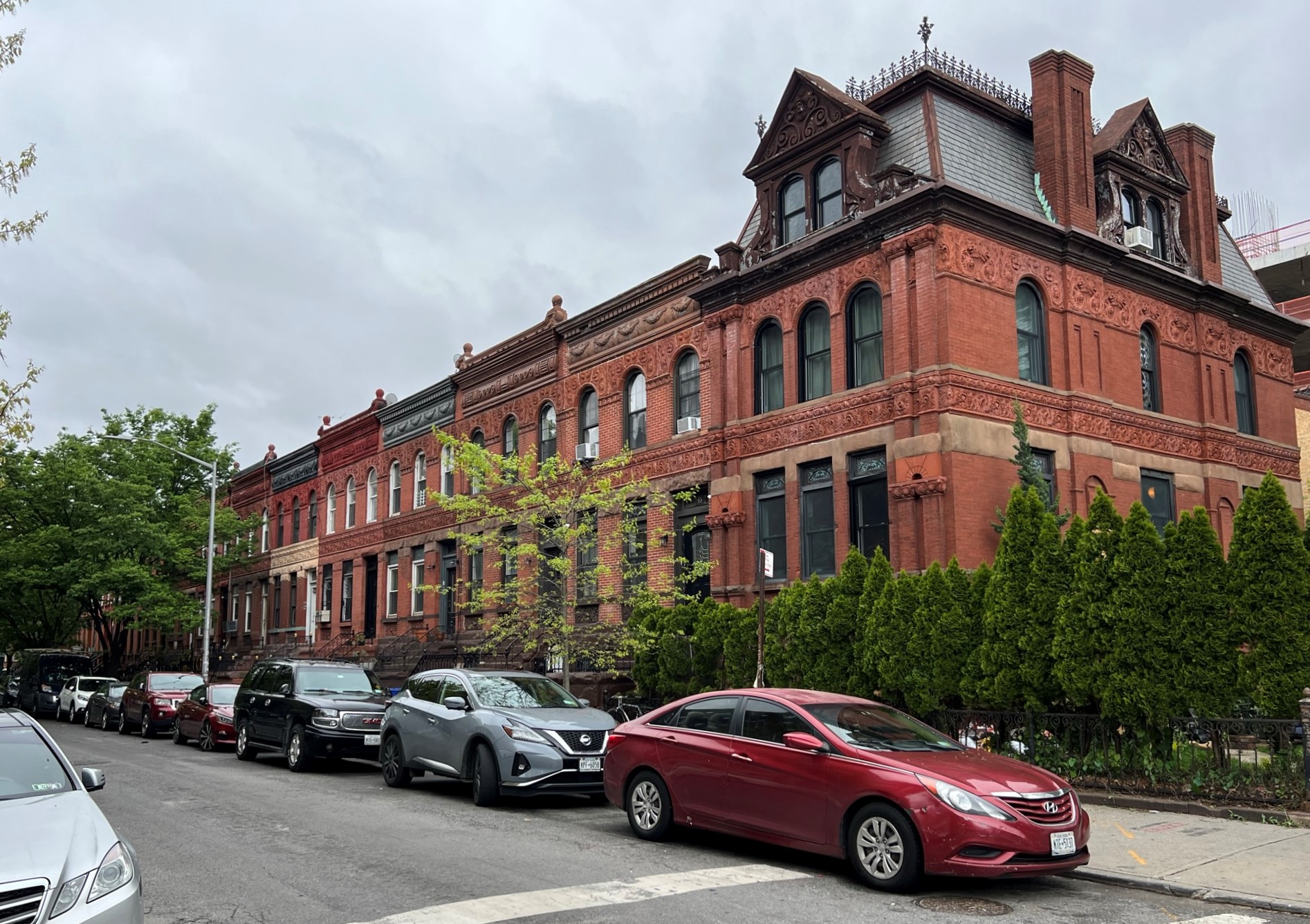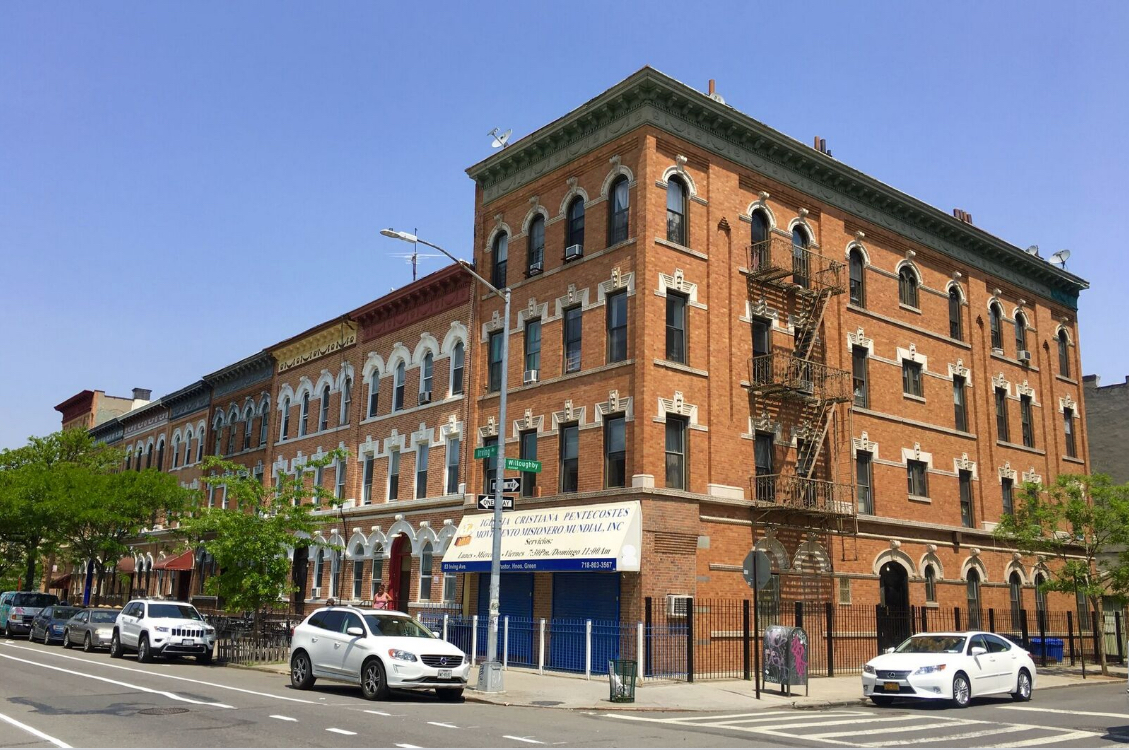New Bushwick historic district created at Linden Street

BUSHWICK – The New York City Landmarks Preservation Commission (LPC) designated on Tuesday a new historic district in Bushwick at Linden Street.
The Linden Street Historic District’s remarkable collection of distinctive row houses, designed by Brooklyn architects, represents a highly successful integration of late-19th-century architectural styles and stands out as a cohesive and significant historic streetscape.
“New York City’s history is obvious in the built environment we see around us every day, and that history should be celebrated across the five boroughs,” said Deputy Mayor for Economic and Workforce Development Maria Torres-Springer. “I appreciate the work of the Landmarks Preservation Commission to celebrate our built heritage in all neighborhoods across the city and to designate Linden Street in Bushwick a historic district in recognition of its exceptional architectural and cultural significance.”
